
28 Jul Ancestry Tree- Newsletter- July 30, 2022
Contents
- 1 ANCESTRY TREE! THE FIRST BIG CASE FOR THE SECRET SERVICE INVOLVED THE GERMAN NAVY LANDING 85,000 TROOPS IN NEW JERSEY TO SURROUND NEW YORK CITY
- 2 ANCESTRY TREE- SEE WHERE MY ANCESTOR’S LIVED, I ALWAYS THOUGHT THEY WERE IN RED STATES- WAIT A MINUTE, SO YOU ARE SAYING REPUBLICAN STATES USED TO BLUE AND DEMOCRATIC STATES RED?
- 3 ANCESTRY TREE ONE OF MY RELATIVES WAS IN THE LAST U.S. CAVALRY CHARGE
- 4
- 5
- 6 ANCESTRY TREE- THE ARTICLE TO THE RIGHT WAS FROM 1902 AND THE ONE ABOVE WAS FROM 100 YEARS AGO IN 1922
- 7 ANCESTRY TREE IS WAITING FOR YOU TO DISCOVER!
 ANCESTRY TREE! THE FIRST BIG CASE FOR THE SECRET SERVICE INVOLVED THE GERMAN NAVY LANDING 85,000 TROOPS IN NEW JERSEY TO SURROUND NEW YORK CITY
ANCESTRY TREE! THE FIRST BIG CASE FOR THE SECRET SERVICE INVOLVED THE GERMAN NAVY LANDING 85,000 TROOPS IN NEW JERSEY TO SURROUND NEW YORK CITY
During World War I, President Woodrow Wilson directed the Secretary of the Treasury to have the Secret Service investigate possible espionage inside the United States. He wanted the Service to uncover and disrupt a German sabotage network that was believed to be plotting against France, England, and the United States. As a result, an 11-man counter-espionage unit was established in New York City. Their most publicized investigation concerned the activities of Dr. Heinrich Albert and his infamous briefcase.
Secret Service operatives placed a German sympathizer and his acquaintance, Dr. Albert (see picture), under surveillance. As the two men parted company, Albert boarded a train in New York City and, in his haste to get off at his stop, momentarily forgot his briefcase. Secret Service Operative Frank Burke seized the brown case and managed to elude the panic-stricken Dr. Albert, who, realizing what had occurred, chased after him. Two days later, an advertisement appeared in the newspaper offering a $20 reward for the case. Unfortunately for Dr. Albert, the evidence in the briefcase provided the intelligence breakthrough that the operatives were seeking. Moreover, the contents exposed intricate, organized plots to undermine the Allied cause.
Dr. Albert was found to be the principal financial agent of the German empire in the United States. His account books revealed that he had received more than $27 million from the German government to carry out espionage-related activities.
Evidence showed that Albert and his confederates were responsible for: longshoremen’s strikes; planned disruptions at munitions plants and other factories manufacturing supplies for the allies; seeking to control and influence public opinion through the purchase of newspaper publishing companies, periodicals and book concerns; plotting to monopolize the supply of liquid chlorine used for poison gas; acquiring an airplane company and its patents; organizing a movement to cut off cotton imported from England; and attempting to force an embargo on munitions shipments.
Eventually, it was also divulged that the doctor had prepared a massive plan to have the German Navy land 85,000 troops along the New Jersey coast. Within 24 hours, this invasion force would cut New York City off from the rest of the country. Thanks to effective Secret Service surveillance and a moment of forgetfulness on the part of Dr. Heinrich Albert, these plots were thwarted, and the spy ring shattered.
Here is a link for similar stories such as this one:
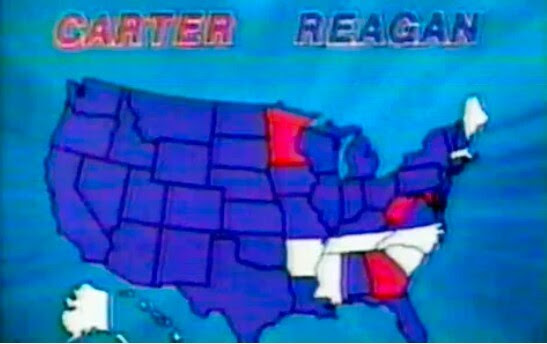
 ANCESTRY TREE- SEE WHERE MY ANCESTOR’S LIVED, I ALWAYS THOUGHT THEY WERE IN RED STATES- WAIT A MINUTE, SO YOU ARE SAYING REPUBLICAN STATES USED TO BLUE AND DEMOCRATIC STATES RED?
ANCESTRY TREE- SEE WHERE MY ANCESTOR’S LIVED, I ALWAYS THOUGHT THEY WERE IN RED STATES- WAIT A MINUTE, SO YOU ARE SAYING REPUBLICAN STATES USED TO BLUE AND DEMOCRATIC STATES RED?
In the beginning, blue was red, and red was blue, and they changed back and forth from election to election and network to network in what appears, in hindsight, to be a flight of whimsy. The notion that there were “red states” and “blue states”—and that the former were Republican and the latter Democratic—wasn’t cemented on the national psyche until the year 2000.
“For years, both parties would do red and blue maps, but they always made the other guys red,” said Chuck Todd, political director and chief White House correspondent for NBC News. “During the Cold War, who wanted to be red?”
Still, there were reversals and deviations. In 1976, when NBC debuted its mammoth electronic map, ABC News employed a small, rudimentary version that used yellow for Ford, blue for Carter, and red for states in which votes had yet to be tallied. In 1980, NBC again used red for Carter and blue for the Republican challenger, Ronald Reagan, and CBS followed suit. But ABC flipped the colors and promised to use orange for states won by John Anderson, the third-party candidate who received 6.6% of the popular vote. (Anderson carried no states, and orange seems to have gone by the wayside.) Four years later, ABC and CBS used red for Republicans and blue for Democrats, but the combination wouldn’t stick for another 16 years. During the four presidential elections Wetzel oversaw for NBC, from 1976 through 1988, the network never switched colors. Republicans were cool blue, Democrats hot red.
The reasoning was simple, he said: Great Britain.
“Without giving it a second thought, we said blue for conservatives because that’s what the parliamentary system in London is, red for the more liberal party. And that settled it. We just did it,” said Wetzel, now retired.
Forget all that communist red stuff, he said. “It didn’t occur to us. When I first heard it, I thought, ‘Oh, that’s really silly.’ ”
When ABC produced its first large electronic map in 1980, it used red for Republicans and blue for Democrats, while CBS did the reverse, according to Wetzel. However, NBC stuck with its original color scheme, prompting anchor David Brinkley to say that Reagan’s victory looked like “a suburban swimming pool.”
Newspapers, in those days, were largely black and white. But two days after voters went to the polls in 2000, both the New York Times and USA Today published their first color-coded, county-by-county maps detailing the showdown between Al Gore and George W. Bush. Both papers used red for the Republican Bush, and blue for the Democrat Gore.
Why?
“I just decided red begins with ‘r,’ Republican begins with ‘r.’ It was a more natural association,” said Archie Tse, senior graphics editor for the Times. “There wasn’t much discussion about it.”
Paul Overberg, a database editor who designed the map for USA Today, said he was following a trend: “The reason I did it was because everybody was already doing it that way at that point.”
From an aesthetic standpoint, Overberg said, the current color scheme fits with the political landscape. Republicans typically dominate in larger, less populated states in the Plains and Mountain West, meaning the center of the United States is very red. “If it had been flipped, the map would have been too dark,” he said. “The blue would have been swamping the red. Red is a lighter color.”
“The second reason why blue for Republicans makes sense is that traditional political mapmakers have used blue for the modern-day Republicans, and the Federalists before that, throughout the 20th century. Perhaps this was a holdover from the days of the Civil War when the predominantly Republican North was ‘Blue’.”
ANCESTRY TREE ONE OF MY RELATIVES WAS IN THE LAST U.S. CAVALRY CHARGE
The 26th Cavalry Regiment (Philippine Scouts) (26th CAV (PS)) (see picture) was part of U.S. Army Forces Far East’s Philippine Department during World War II. The 26th engaged in the last cavalry charge in the history of the U.S. cavalry. The American Battle Monuments Commission list 301 dead who were members of this regiment interred at Manila American Cemetery and Memorial.
Following the 1941 Japanese invasion, the 26th participated in the Allied withdrawal to the Bataan Peninsula. In doing so, the unit conducted a classic delaying action that allowed other, less mobile units to withdraw to the peninsula safely. During the delaying action, the 26th provided the “stoutest” and only “serious opposition” to the Japanese; the majority of the units sent north towards the Lingayen Gulf were divisions (11th, 21st, 71st, & 91st Infantry Divisions) of the untrained and poorly equipped Philippine Army.
For instance, during the initial landings, the regiment alone delayed the advance of four enemy infantry regiments for six hours at Damortis and, on December 24, repulsed a tank assault at Binalonan. However, the resistance was not without cost.
By December 24, the regiment had been reduced to 450 men. Following these events, the regiment was pulled off the line and brought back up to a strength of 657 men. In January 1942, the unit held open the roadways to the Bataan Peninsula, allowing other units to prepare for their stand there.
The 26th Cavalry Regiment, consisting primarily of Philippine Scouts, was the last U.S. cavalry regiment to engage in horse-mounted warfare. When Troop G encountered Japanese forces at the village of Morong on January 16, 1942, Lieutenant Edwin P. Ramsey ordered the last cavalry charge in American history. It would not be until October 22, 2001, when American Soldiers would enter combat on horseback again, when members of the 12-man Operational Detachment Alpha 595 (Green Berets), accompanying members of the Afghanistan Northern Alliance, rode into battle at Cōbaki in Balkh Province.
During the retreat to Bataan, the 26th was heavily outnumbered by an infantry force supported by tanks. Nevertheless, they drove off the surprised Japanese. However, due to a food shortage, they found it necessary to butcher their mounts. The regiment was converted to two squadrons, one a motorized rifle squadron, the other a mechanized squadron utilizing the remaining scout cars and Bren carriers.
 ANCESTRY TREE- THE ARTICLE TO THE RIGHT WAS FROM 1902 AND THE ONE ABOVE WAS FROM 100 YEARS AGO IN 1922
ANCESTRY TREE- THE ARTICLE TO THE RIGHT WAS FROM 1902 AND THE ONE ABOVE WAS FROM 100 YEARS AGO IN 1922
ANCESTRY TREE IS WAITING FOR YOU TO DISCOVER!
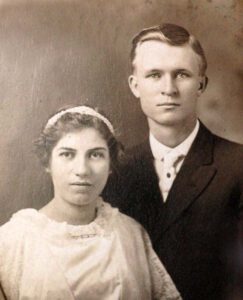 Reach out to Dancestors and let us research, discover, and preserve your family history. No one is getting any younger, and stories disappear from memory every year and eventually from our potential ability to find them. Paper gets thrown in the trash, books survive! So do not hesitate, and call to me @ 214-914-3598.
Reach out to Dancestors and let us research, discover, and preserve your family history. No one is getting any younger, and stories disappear from memory every year and eventually from our potential ability to find them. Paper gets thrown in the trash, books survive! So do not hesitate, and call to me @ 214-914-3598.



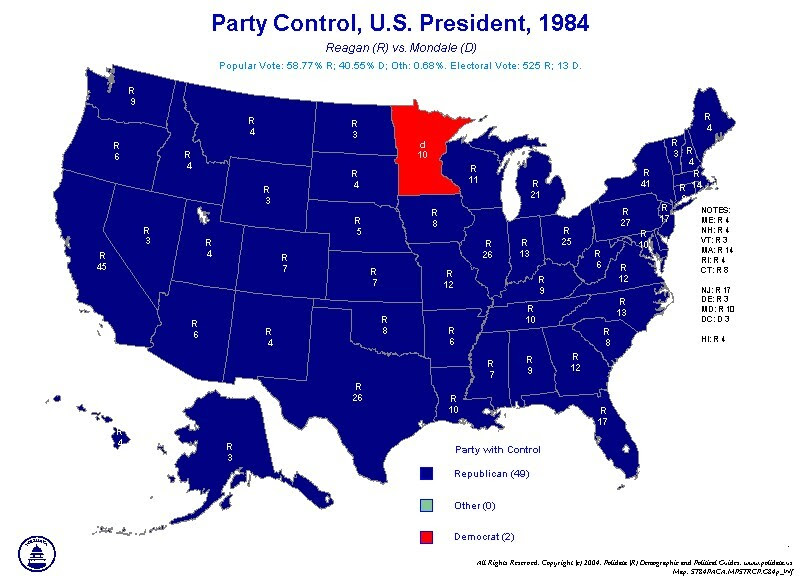 ANCESTRY TREE- SEE WHERE MY ANCESTOR’S LIVED, I ALWAYS THOUGHT THEY WERE IN RED STATES- WAIT A MINUTE, SO YOU ARE SAYING REPUBLICAN STATES USED TO BLUE AND DEMOCRATIC STATES RED?
ANCESTRY TREE- SEE WHERE MY ANCESTOR’S LIVED, I ALWAYS THOUGHT THEY WERE IN RED STATES- WAIT A MINUTE, SO YOU ARE SAYING REPUBLICAN STATES USED TO BLUE AND DEMOCRATIC STATES RED?
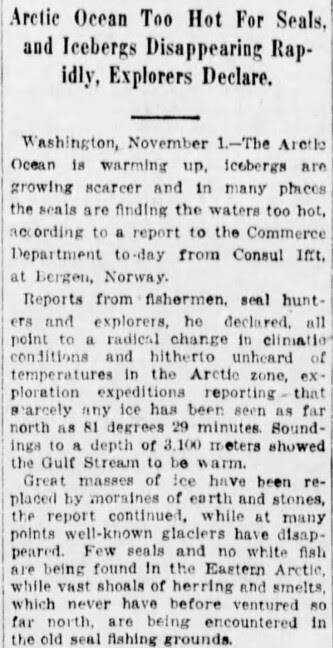
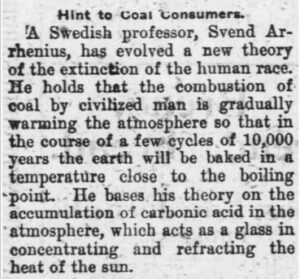 ANCESTRY TREE- THE ARTICLE TO THE RIGHT WAS FROM 1902 AND THE ONE ABOVE WAS FROM 100 YEARS AGO IN 1922
ANCESTRY TREE- THE ARTICLE TO THE RIGHT WAS FROM 1902 AND THE ONE ABOVE WAS FROM 100 YEARS AGO IN 1922